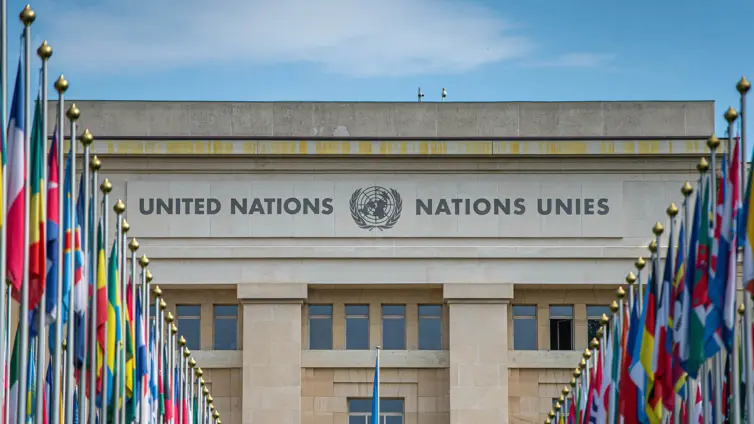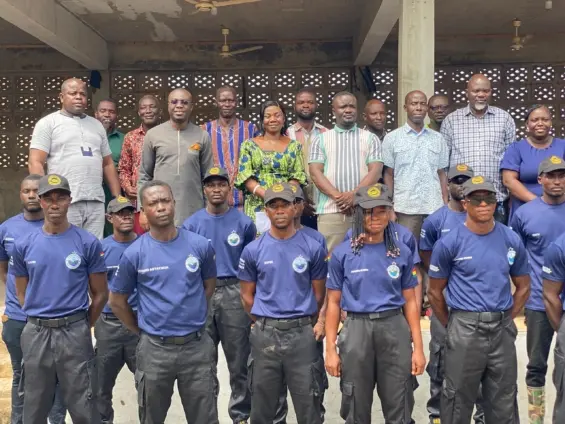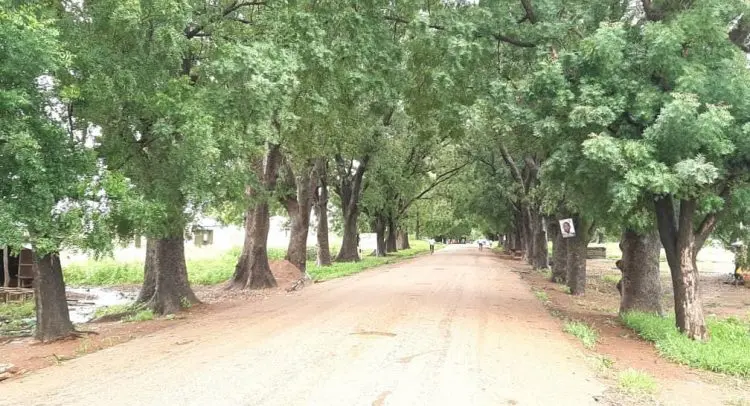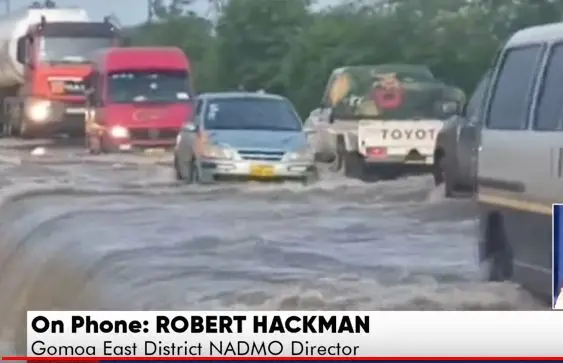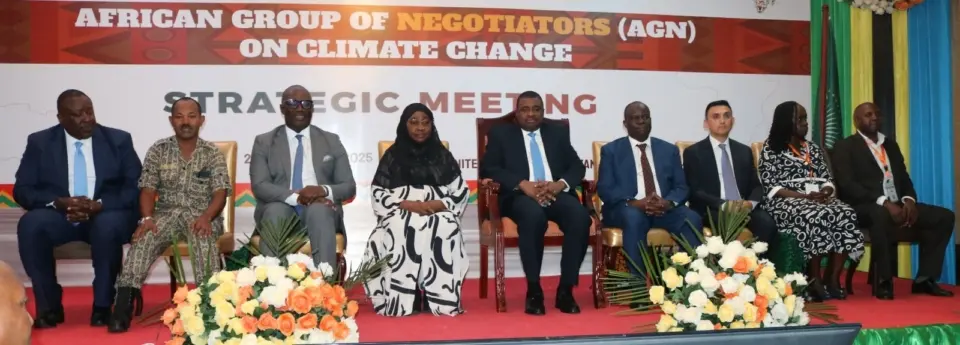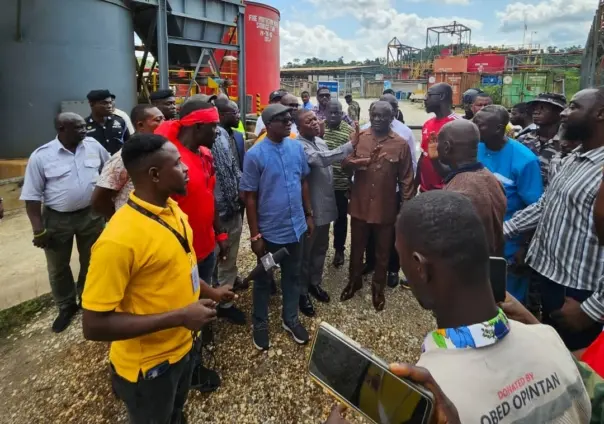The muddy waters surged through the streets of Accra, swallowing homes and businesses whole. Recent Accra floods have once again laid bare the city’s vulnerability to increasingly frequent and intense rainfall. Amid the chaos, the Nurture Nature Foundation has issued an urgent call to action, emphasizing the critical need for prioritizing natural buffer zones and strategically restructuring urban transportation to enhance Accra’s flood resilience.
“These perennial floods highlight critical weaknesses in urban planning and environmental management,” the Foundation stated, underscoring the interconnectedness of environmental health and urban safety.
The consequences of the Accra floods are far-reaching and devastating. Homes are reduced to rubble, infrastructure crumbles, and livelihoods are washed away. Beyond the material losses, there is the tragic loss of life. The recurring nature of these floods underscores deep-seated weaknesses in urban planning. Unchecked construction continues to encroach upon natural waterways, constricting their flow and exacerbating flooding. Inadequate drainage infrastructure further compounds the problem, failing to cope with the sheer volume of rainwater during intense storms.
Nurture Nature Foundation’s call to action centers on the protection and restoration of natural buffer zones. Riparian buffer zones – the vegetated areas alongside rivers and streams – serve as frontline defenses against floods. These natural sponges absorb excess rainwater, reducing surface runoff and preventing soil erosion. Moreover, they play a crucial role in improving water quality by filtering pollutants and sediments.
The existence of robust buffer zones can even enable sustainable water transportation. During flood events, designated waterways could provide safer and more efficient mobility alternatives, reducing reliance on roadways and minimizing disruption.
The Foundation advocates for the immediate enforcement of regulations to prevent further encroachment on these vital areas and the active restoration of degraded buffer zones.
Beyond protecting natural defenses, restructuring Accra’s urban transport infrastructure is paramount for enhancing flood resilience. Key improvements include the construction of elevated roadways in flood-prone areas, ensuring that essential transport links remain accessible even during severe weather. Integrated drainage systems, designed to efficiently channel rainwater away from vulnerable areas, are also crucial.
Furthermore, promoting alternative transport modes, such as water-based transit, can significantly minimize flood disruption. By diversifying transport options, the city can become less reliant on vulnerable road networks and ensure greater mobility during and after flood events.
“Our flood challenges are urgent but also present a tremendous opportunity,” says Peter Asiedu, Executive Director of Nurture Nature Foundation. This opportunity lies in restoring natural buffer zones, rethinking urban mobility, and building an Accra that is resilient, prosperous, and sustainable. Asiedu emphasizes the importance of a holistic approach that integrates environmental protection with infrastructure development.
Building climate-resilient cities requires a collective commitment from all stakeholders. By adopting sustainable urban development practices, protecting the environment, and improving public safety, Accra can transform itself into a model of resilience for other cities facing similar challenges.
The devastating impact of Accra floods highlights the urgent need for action. Prioritizing natural buffer zones and investing in robust infrastructure improvements are essential steps toward building a resilient Accra. By embracing these solutions, the city can mitigate the risks posed by future floods and create a more sustainable future for all its residents. The path to flood resilience requires a commitment to sustainability and a reimagining of urban planning in the face of a changing climate.
Image Source: MYJOYONLINE





